On a bright Easter day I had a walk around Wallasey Town Hall. Originally built for the then new borough of Wallasey when it became a County Borough in 1913. It is now the main civic building for the Metropolitan Borough of Wirral created in 1974 from the merger of the county boroughs of Birkenhead and Wallasey, along with the municipal borough of Bebington and the urban districts of Hoylake and Wirral. Given this municipal history there are other town hall buildings in Wirral. Birkenhead is still used by the Council, there are plans to turn the Victorian Hoylake town hall into an arts centre whilst the more modern civic centre in Bebington has been scheduled for demolition and the site likely to be redeveloped. Heswall Hall and Library is now used as a community facility.
There was much competition as to the actual location for Wallasey Town Hall with the current site in the Seacombe district finally being chosen over other sites in Liscard and New Brighton by one vote. During the 1960’s two annexes were added on either side of the main building to increase the office space but they have little architectural merit.
The town hall was made a Grade: II listed building in 1990. The town hall cost £155,000 to construct. The site of the building is over 2 acres in area and is an elevated plateau some 36 feet above the promenade with commanding views of the River Mersey. It was said that it looked back to front as the fine steps lead down to the Mersey and only walkers along the promenade and passing ships see it at its best. From the main entrance on Brighton Street, it gives a far less imposing view.
The foundation stone was laid by King George V accompanied by Queen Mary on 25th March 1914 and the building was completed in 1916.
The building however was not opened for municipal use until 3rd November 1920 as it was used as a First World War military hospital from 1916 until 1919. Over 300 beds were placed in its rooms and corridors. Over 3,500 wounded men passed through the makeshift wards.
The town hall was built by Moss & Sons Ltd. of Loughborough, from the design of Briggs, Wolstenholme & Thornley of Liverpool who chose a ‘Neo-Grecian in a Beaux Arts tradition’ style for the building. It is faced with white Stancliffe stone from the quarries in the Derbyshire dales. The tower rises 180 feet above the promenade and at the corners are four groups of statuary, the central figure in each being a female draped figure representing respectively peace, courage, prudence and industry. These are ‘The Ladies of the Tower’ with each figure weighing around 8 tons.
The main entrance from Brighton Street leads through a decorated corridor to an imperial style central hall with a grand staircase with a bronze handrail supported on wrought-iron. This leads up to the Council Chamber. The finishes inside the are in white marble. There are offices to all floors arranged around small courtyards so that they maximise the natural light.
The ante room to the Council Chamber has a vaulted ceiling and fine oak panelled walls. The ante room houses the documents granting Borough status to Wirral and the grant of coat of arms to the Borough.
The large Council Chamber, 50 feet long by 34 feet wide, is panelled in dark oak. Over-looking it is a public gallery with seating for one hundred people. The Council Chamber has fixed seating for 66 members of the Council and seating for officers and the Press. The seats for the Mayor and Deputy Mayor are at the head of the Chamber and are set into a beautifully carved oak surround which is impressive in the formal setting.
At the opposite end of the staircase to the Council Chamber is a Civic Hall which used to house an organ built by the famous ‘Father’ Willis, who provided St. George’s Hall, Liverpool, and Sydney Town Hall with their world-famous instruments. However, on the night of 31st August 1940 it was destroyed when the Town Hall was hit by a bomb during the Second World War.
On the promenade below the town hall are 12 cast bronze roundels set into the surface. They are set out in a grid pattern to reflect the formality of the town hall. The central roundel at the foot of the steps contains the Wirral coat of arms and the names of all of the borough’s mayors during the twentieth century. Other roundels contain seashore and other images. It is said that the installation, made to mark the millennium in 2000, is a game of ‘sport, merriment and diversion; a contest played according to specified rules and decided by chance, strength, skill or any combination of these’. I have to admit I couldn’t work out how the game was played.




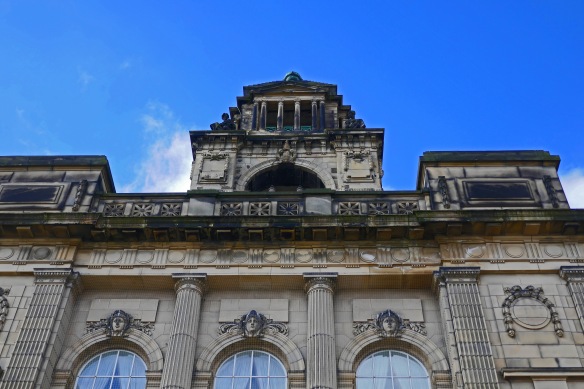
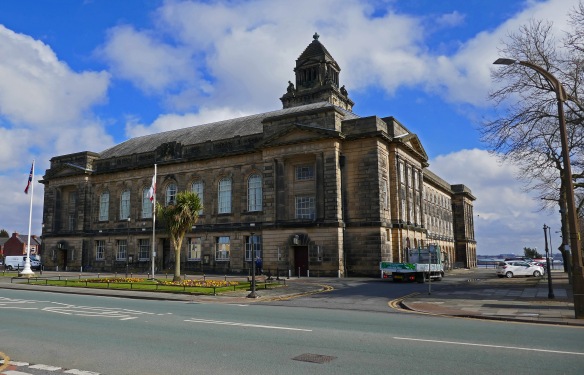
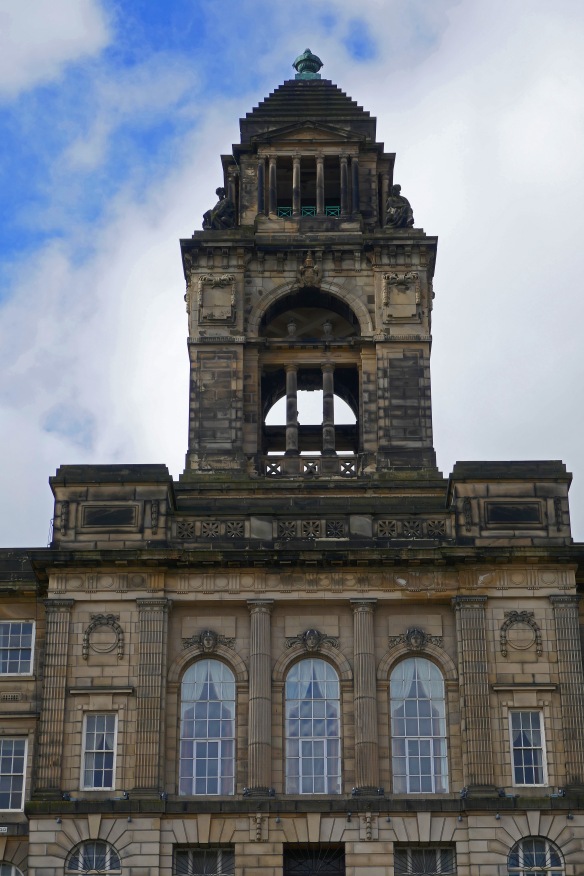

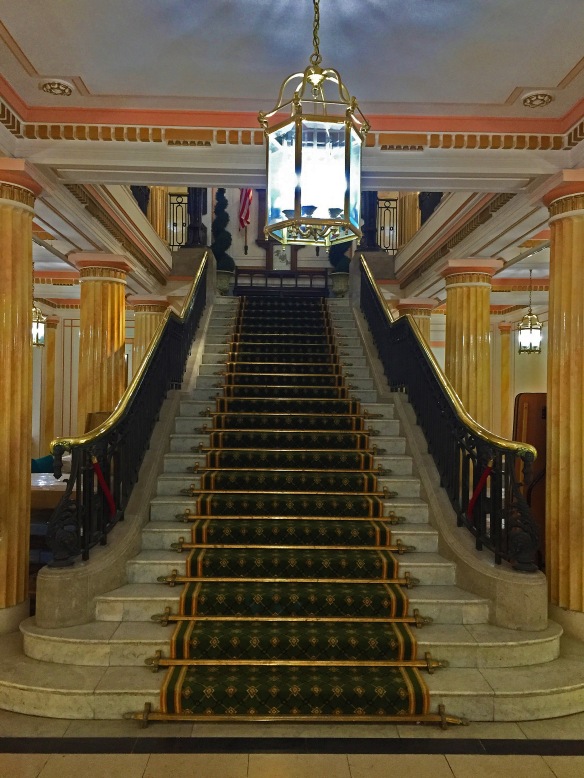
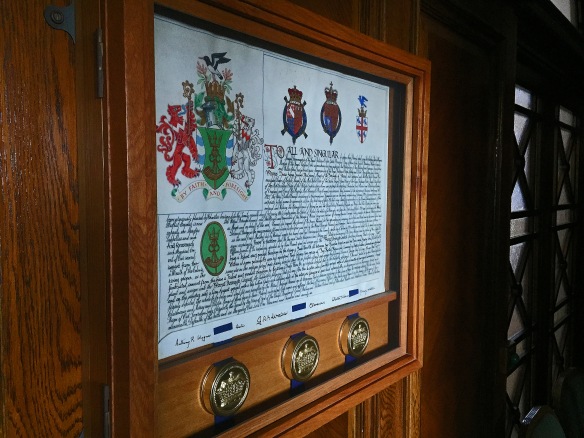

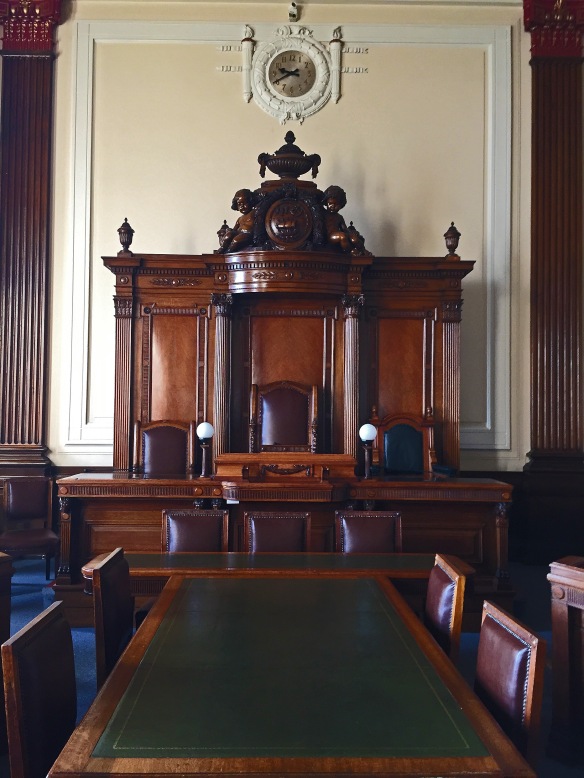


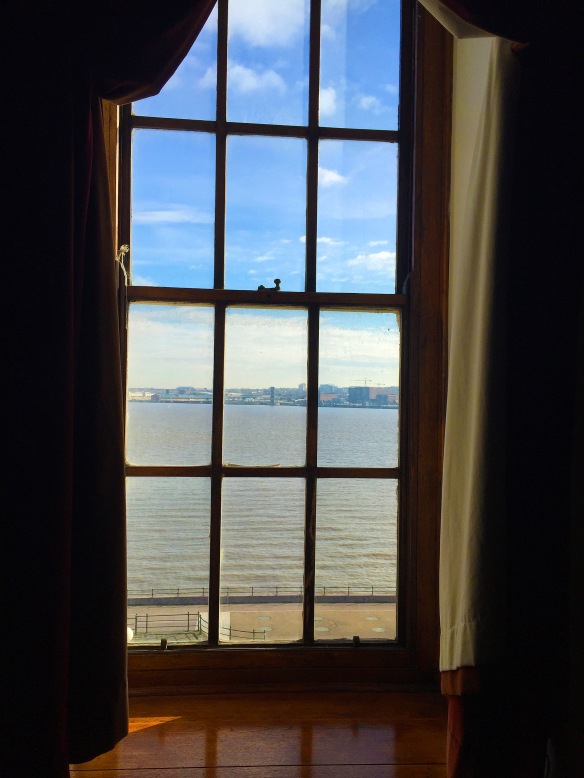


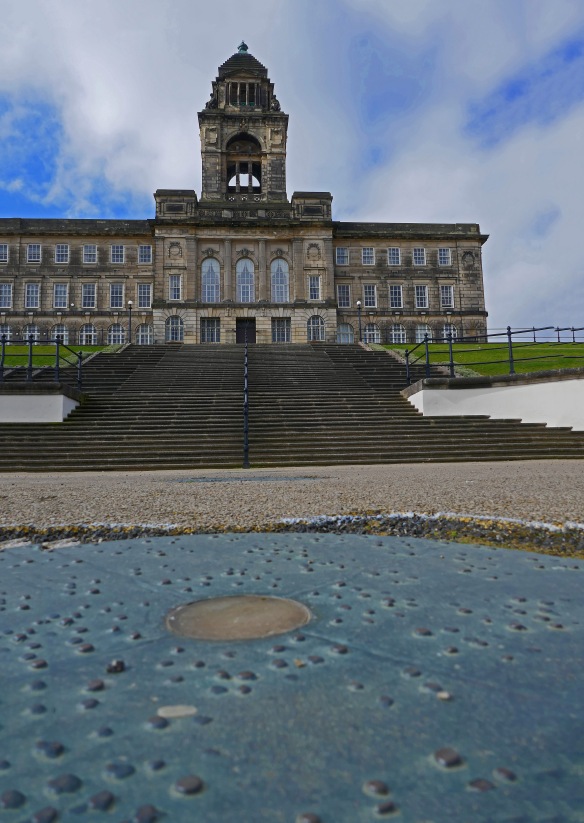
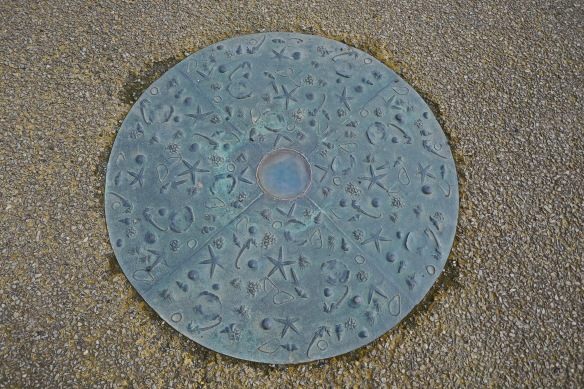
Great work Brian and very interesting
Once again excellent pictures plus a good narrative.